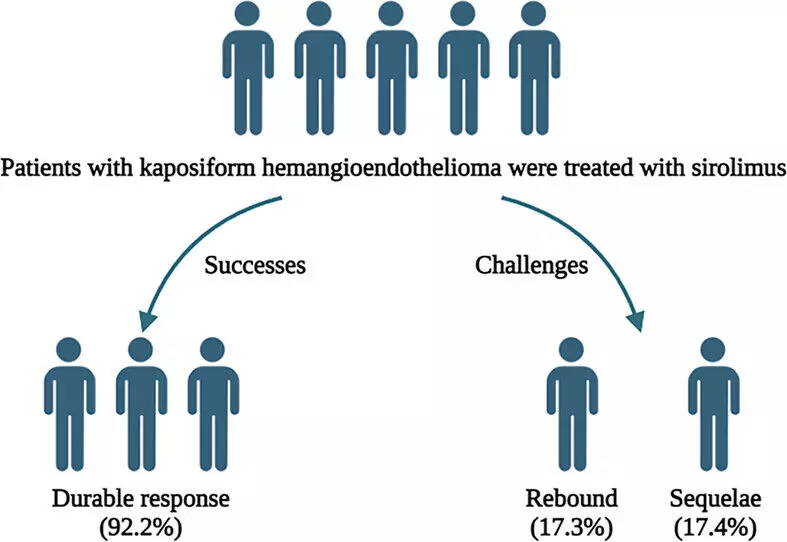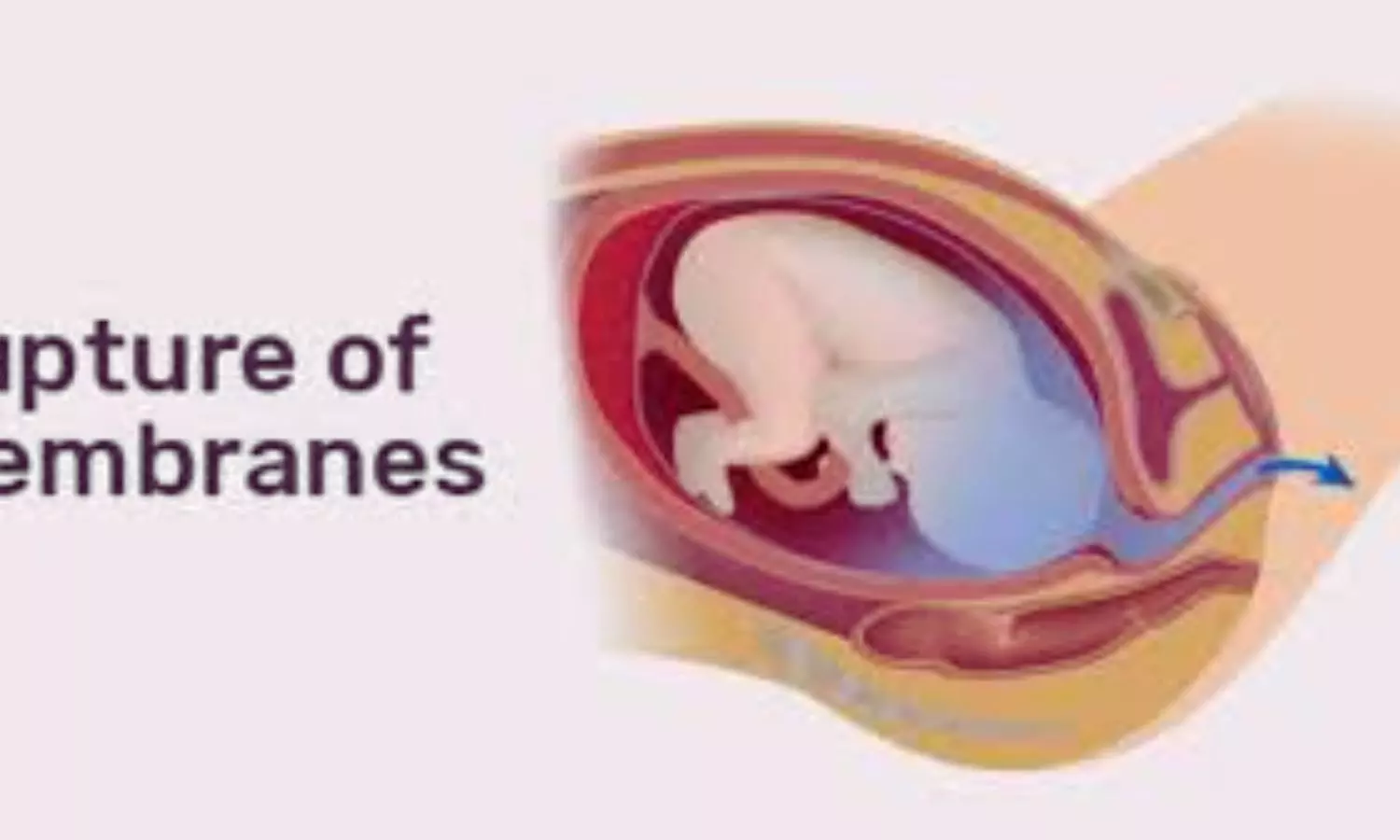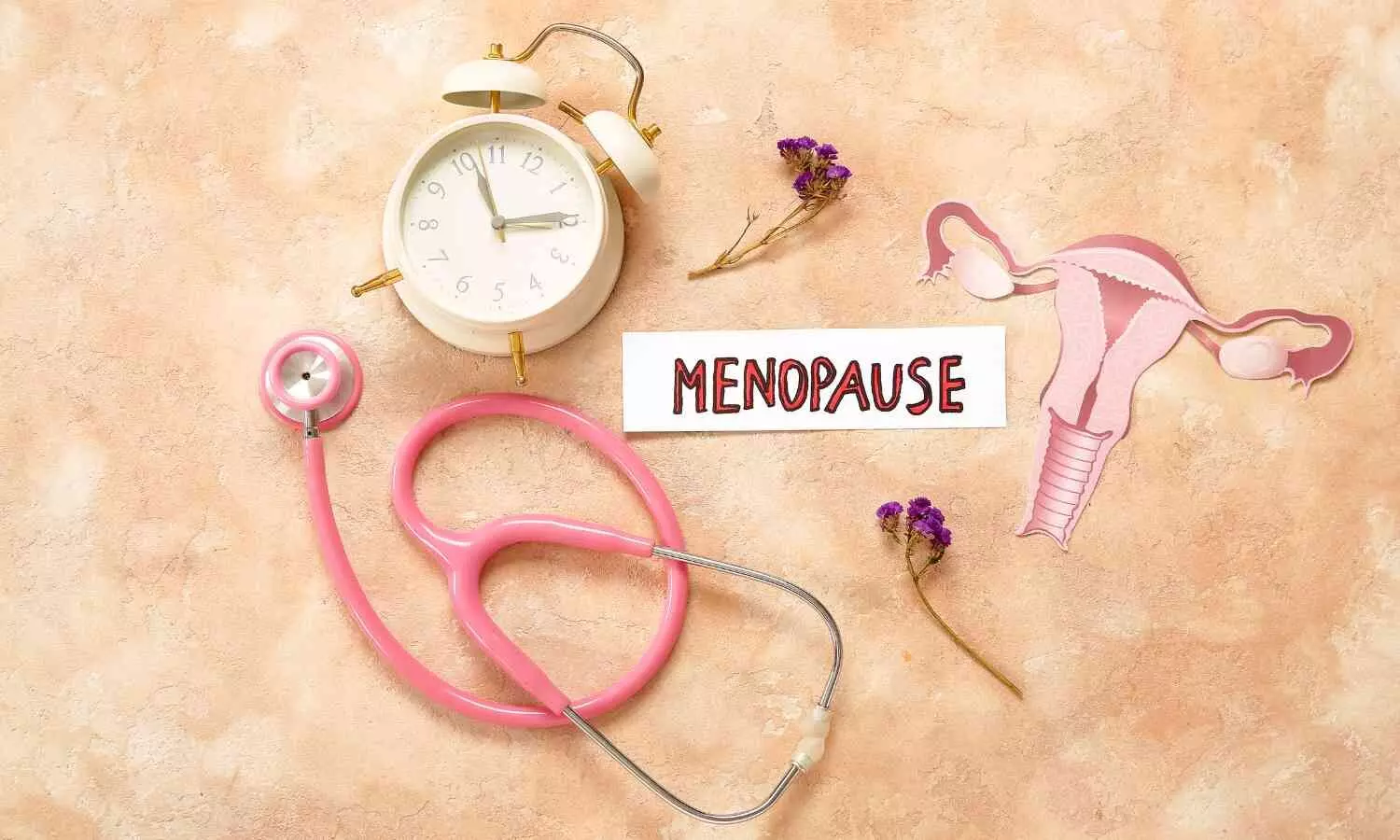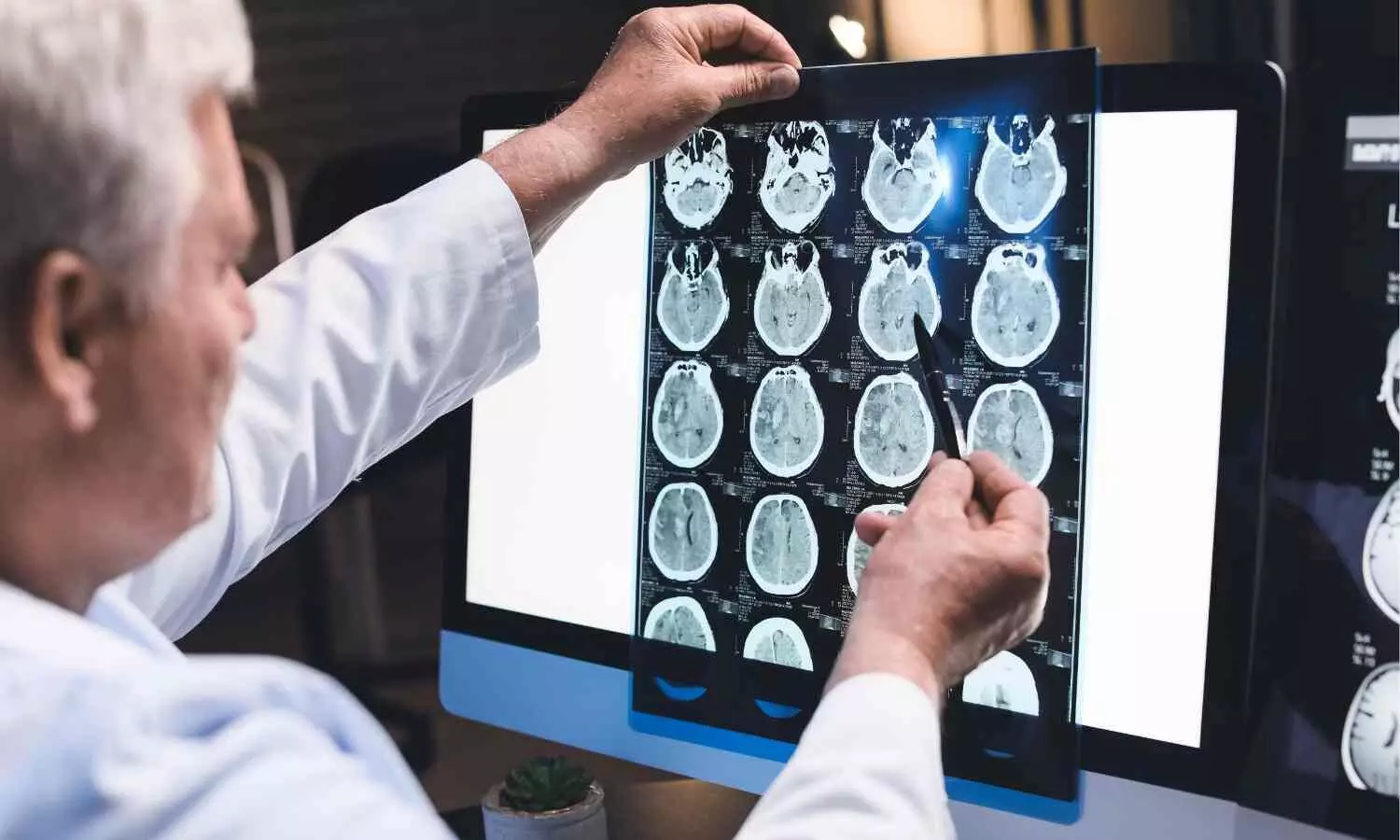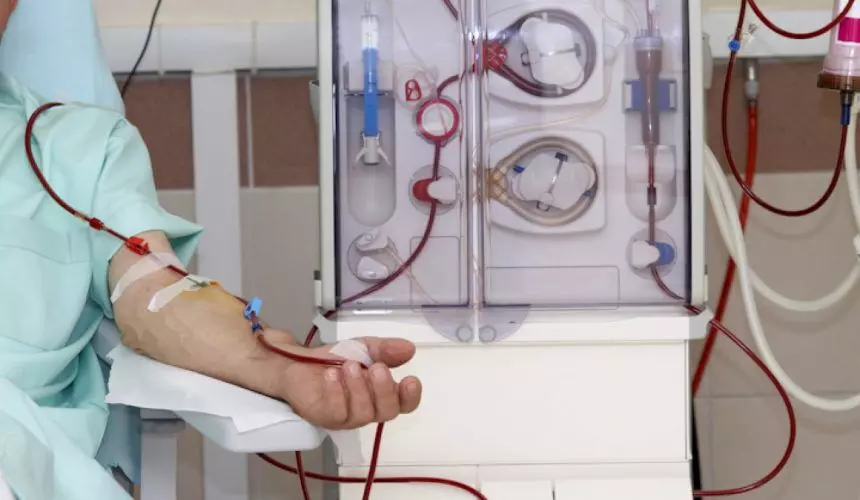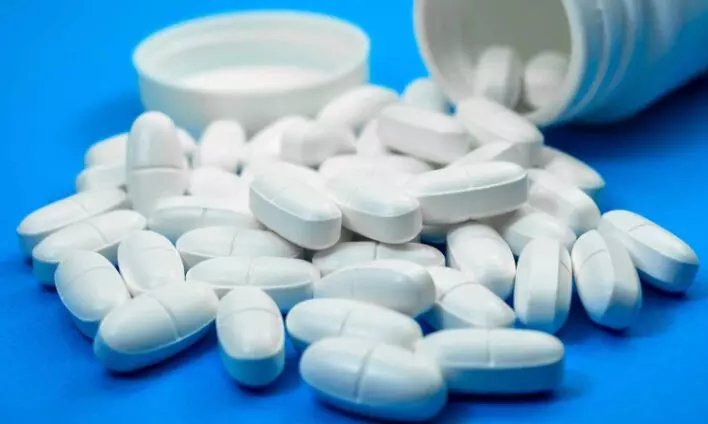FIB-4 Score Positively Linked to Gallstone Risk in US Adults, confirms study
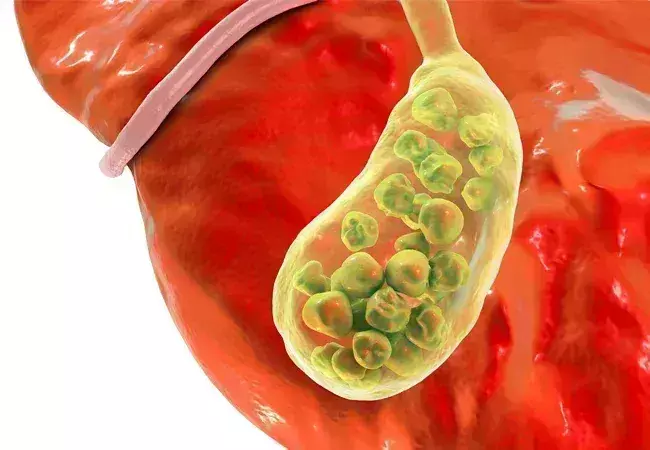
Researchers have discovered in a new study that a greater fibrosis-4 index (FIB-4) score, a noninvasive marker traditionally used to assess liver fibrosis, is strongly associated with an increased risk of gallstones among adults. Gallstones are among the most prevalent gastrointestinal diseases, but their association with markers of fibrosis in the liver such as FIB-4 is poorly understood. The new analysis offers valuable information regarding how biomarkers of the liver may be associated with risk for gallbladder disease in the general population. The study was published in BMC Gastroenterology by Huqiang Dong and colleagues.
The research used 2017–2020 National Health and Nutrition Examination Survey (NHANES) data and involved 7,771 participants. It is one of the largest nationally representative analyses to examine this association in US adults. The investigators examined the association of FIB-4 levels with the presence of gallstones based on data from NHANES, a well-established US population-based survey. The FIB-4 index was derived from age, AST, ALT, and platelet count.
Participants were categorized into quartiles according to their FIB-4 levels, and multivariate logistic regression models were used to examine the association with risk of gallstones. Restricted cubic spline (RCS) analysis was employed to check for nonlinear trends, and threshold effects analysis was utilized to identify inflection points at which risk levels altered. Subgroup analyses were conducted to test consistency within various demographic and health subgroups, and Bonferroni correction was implemented to preserve statistical precision.
Results
The weighted prevalence of gallstones in the study population was 11%. There was a clear and statistically significant positive association between FIB-4 levels and risk of gallstones:
-
For every unit increase in FIB-4, there was a 19% increase in the odds of gallstones (Odds Ratio [OR] = 1.19; 95% Confidence Interval [CI]: 1.10 to 1.29).
-
When quartiled, individuals in the uppermost FIB-4 quartile (Q4) had a 60% increased risk of gallstones (OR = 1.60; 95% CI: 1.25 to 2.03) than those in the lowest quartile (Q1).
-
The RCS analysis found a nonlinear positive relationship between FIB-4 and risk for gallstones with a statistically significant nonlinear trend (p = 0.015). Risk increased sharply beyond an inflection point at a FIB-4 score of 2.43 (p = 0.001).
-
Subgroup analysis validated that the positive correlation between FIB-4 and gallstones persisted strongly among non-Hispanic whites, subjects without heart failure or coronary artery disease, and among alcohol users and smokers. Following Bonferroni adjustment, these correlations persisted statistically significantly (p < 0.00217).
This research firmly determines a strong, nonlinear relationship between FIB-4 elevation and increased gallstone risk in US adults. These findings point to the potential of FIB-4 as an inexpensive, noninvasive gallstone risk marker that is rapid. As gallstones are typically asymptomatic until complications are formed, the value of FIB-4 as an adjunct tool to screening could improve earlier diagnosis and prevention efforts, particularly in high-risk patients.
Reference:
Powered by WPeMatico

